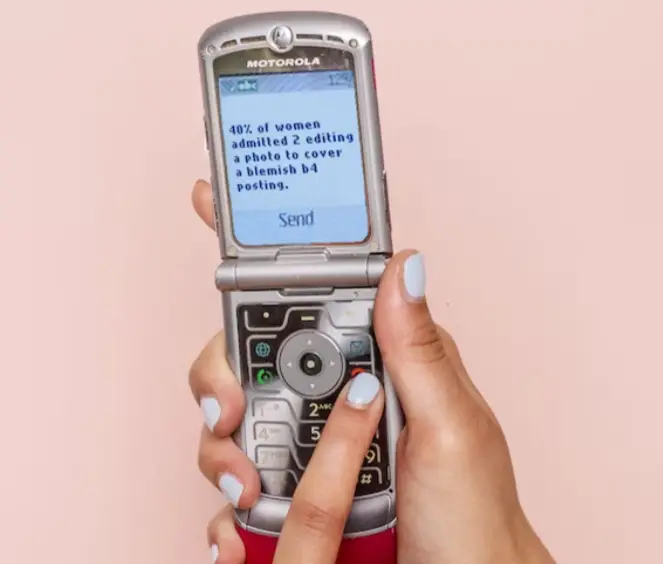In the US, so-called “dumb phones” are continuing to sell briskly, with companies such as HMD Global, the maker of Nokia, continuing to sell millions of devices very much like the phones sold in the early 2000’s. Among those sales are a significant number of what are being called “feature phones,” which are traditional flip phones, which have been upgraded with additional features such as GPS or hotspot capabilities.
Jose Briones, the moderator of the subreddit “r/dumbphones,” said, “I think you can see it with certain Gen Z populations — they’re tired of the screens,” adding, “They don’t know what is going on with mental health and they’re trying to make cutbacks.”
In 2022, in the US, feature flip phone sales were up, as HMD Global moved tens of thousands each month. At the same time, HMD’s global sales were down, indicating the market’s growth is mostly a US phenomenon, even if the market for the devices is mostly overseas.
In 2022, nearly 80% of the world’s feature phone sales were in the Middle East, Africa, and India, according to an analysis by Counterpoint Research. However, those numbers may be beginning to shift, as younger people in the US begin to revert back to the more minimalist phones.
Morehead noted, “In North America, the market for dumb phones is pretty much flatlined. But I could see it getting up to 5% increase in the next five years if nothing else, based on the public health concerns that are out there.”
Influencers are touting phones like those from companies such as Punkt and Light, which are marketing their devices to users looking to spend less time on their phones and social media.
Joe Hollier, co-founder of Light, said, “What we’re trying to do with the Light phone isn’t to create a dumb phone, but to create a more intentional phone — a premium, minimal phone — which isn’t inherently anti-technology. But it’s about consciously choosing how and when to use which aspects of technology that add to my quality of life.”

